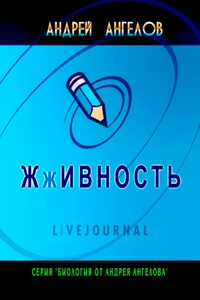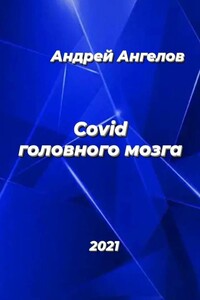1. Ellickson, Phyllis and Daniel McCaffrey, Bonnie Ghosh-Dastidar, and Doug Longshore. 2003. New inroads in preventing adolescent drug use: Results from a large-scale trial of project ALERT in middle schools. American Journal of Public Health. 93(11): 1830–6.
2. Song, Hyunjin and Norbert Schwartz. 2009. If It’s Difficult to Pronounce, It Must Be Risky. Psychological Science 20 (2): DOI: 10.1111/j.1467–9280.2009.02267.х.
1. Bransford, J. D. and M. K. Johnson. 1972. Contextual prerequisites for understanding: Some investigations of comprehension and recall. Journal of Verbal Learning and Verbal Behavior 11: 717–726.
2. Chi, M. T. H., P. Feltovich, and R. Glaser. 1981. Categorization and representation of physics problems by experts and novices. Cognitive Science 5: 121–152.
3. Coffield, F. D., Moseley, E. Hall, and K. Ecclestone. 2004. Learning styles and pedagogy in post-16 learning.
A systematic and critical review. London: Learning and Skills Research Centre.
4. Fleming, N.D. and C. Mills. 1992. Not Another Inventory, Rather a Catalyst for Reflection. To Improve the Academy 11: 137. Gardner, Howard. 1999. Intelligence Reframed: Multiple Intelligences for the 21st Century. New York: Basic Books.
5. Kolb., David A. and R. Fry. 1975. Toward an applied theory of experiential learning. Theories of Group Process, C. Cooper (ed.). London: John Wiley. Meyer, Dan. YouTube video on real-world math, http://www.youtube.com/watch?v=jRMVjHjYB6w.
6. Paschler, H., M. McDaniel, D. Rohrer, and R. Bjork. 2010. Learning styles: Concepts and evidence. Psychological Science in the Public Interest 9: 105–119.
7. Raymer, R. 2011. Gamification: Using Game Mechanics to Enhance eLearning. eLearn magazine (http://elearnmag.acm.org), in review.
1. Anderson, Lorin W. and David Krathwohl, edc. 2001. A taxonomy for learning, teaching and assessing: A Revision of Bloom’s Taxonomy of Educational Objectives, complete edition. New York: Longman.
2. Bloom, Benjamin S. 1956. Taxonomy of Educational Objectives, Handbook I: The Cognitive Domain. New York: David McKay Co Inc. Brand, Stewart. 1994. How Buildings Learn: What Happens After They’re Built. New York: Viking.
3. Gery, Gloria. 1991. Electronic Performance Support Systems: How and Why to Remake the Workplace through the Strategic Application of Technology. Boston: Weingarten Publications.
4. Thalheimer, Will. 2006. New Taxonomy for Learning Objectives, Will At Work Learning Blog, June 1. http://www.willatworklearning.com/2006/06/new_taxonomy_fo.html.
1. Memory. 2011. In Encyclopж dia Britannica. Retrieved from http://www.britannica.com/EBchecked/topic/374487/memory Feinstein, Justin S., Melissa C. Duffa, and Daniel Tranel. 2010. Sustained experience of emotion after loss of memory in patients with amnesia. PNAS 107(17): 7674–7679.
2. Heath, Chip and Dan Heath. 2007. Made to Stick: Why Some Ideas Survive and Others Die. New York: Random House. Karpicke, Jeffrey D., and Janelle R. Blunt. 2011. Retrieval Practice Produces More Learning than Elaborative Studying with Concept Mapping, Science: DOI: 10.1126/science.1199327, 772–775.
3. Kensinger, Elizabeth A. 2007. Negative Emotion Enhances Memory Accuracy – Behavioral and Neuroimaging Evidence. Current Directions in Psychological Science 16(4): 213–218. Miller, George A. 1956. The magical number seven, plus or minus two: some limits on our capacity for processing information. Psychological Review 63(2): 81–97.
4. Nielsen, Jakob. 2007. Banner Blindness: Old and New Findings. Alertbox, August 20, http://www.useit.com/alertbox/banner-blindness.html.
5. Stetson, C., M. P. Fiesta, and D. M. Eagleman. 2007. Does Time Really Slow Down during a Frightening Event? PLoS ONE 2(12): e1295.
1. Ariely, Dan, Emir Kamenica, and Drazen Prelec. 2008. Man’s search for meaning: The case of Legos. Journal of Economic Behavior & Organization 67: 671–677.
2. Bean, Cammy. 2011. Avoiding The Trap Of Clicky-Clicky Bling-Bling. eLearn Magazine, June.



